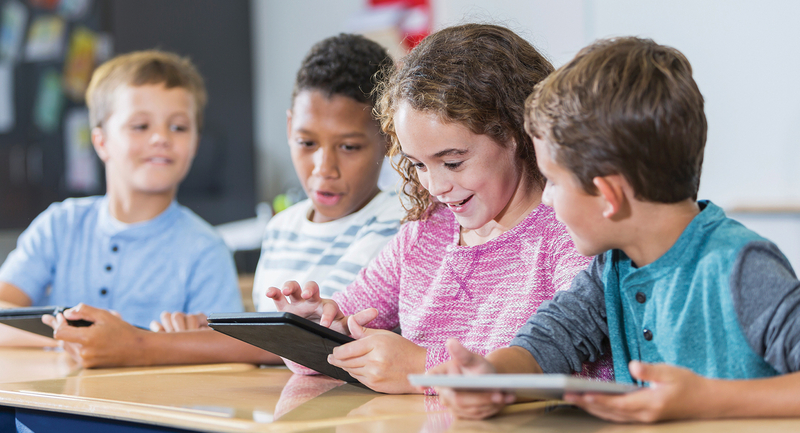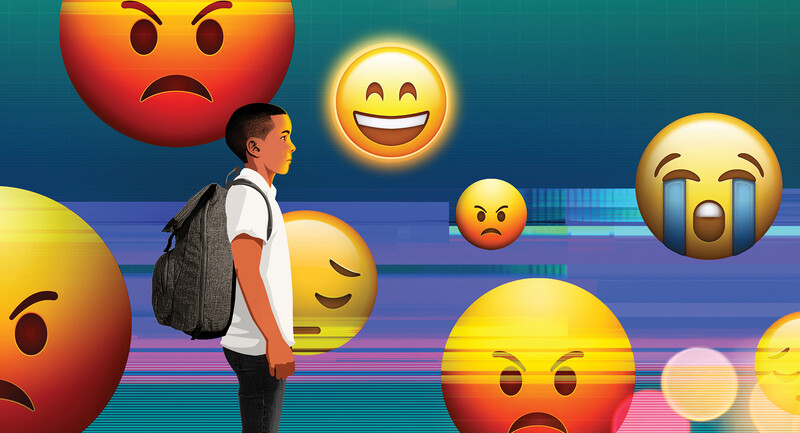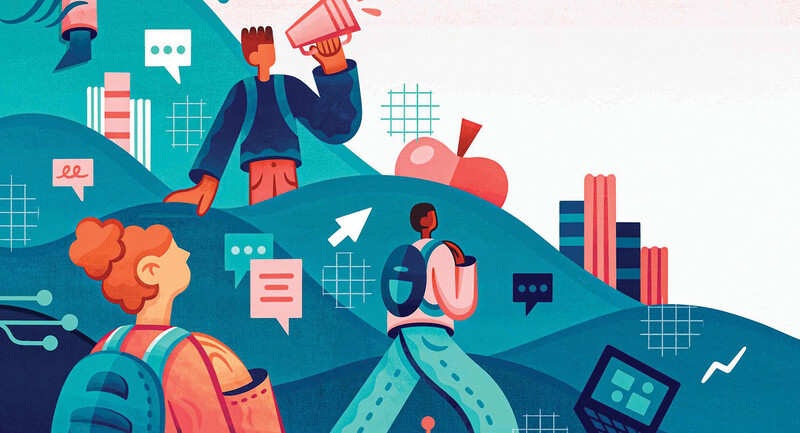Working with English-language learners can pose unique challenges for educators; these students must master many complex skills and revisit vocabulary and concepts frequently to reach automaticity. Digital tools can ease these challenges, especially if an educator has a sense of which types of tools, of the many available, connect to building different skills for language acquisition. Researchers at Cambridge University Press's World of Better Learning hub offer a range of resources centered on digital literacy topics, including Teaching with Digital Tools: A Teacher's Checklist. This fillable guide combines second language acquisition and digital pedagogy principles in a checklist organized around three teaching goals: improve learners' cognition and proficiency, motivate learners, and develop learners' autonomy.
The guide pairs instructional strategies with digital tools, unpacking which types of edtech support which strategies. For example, according to the checklist, some online games can give ELLs a sense of individual accomplishment, motivating them to learn more on their own. Other gamification tools let learners interact and feel engaged as a community. Rather than recommending particular products, the guide helps teachers make connections between pedagogical considerations and digital experiences in language learning.








